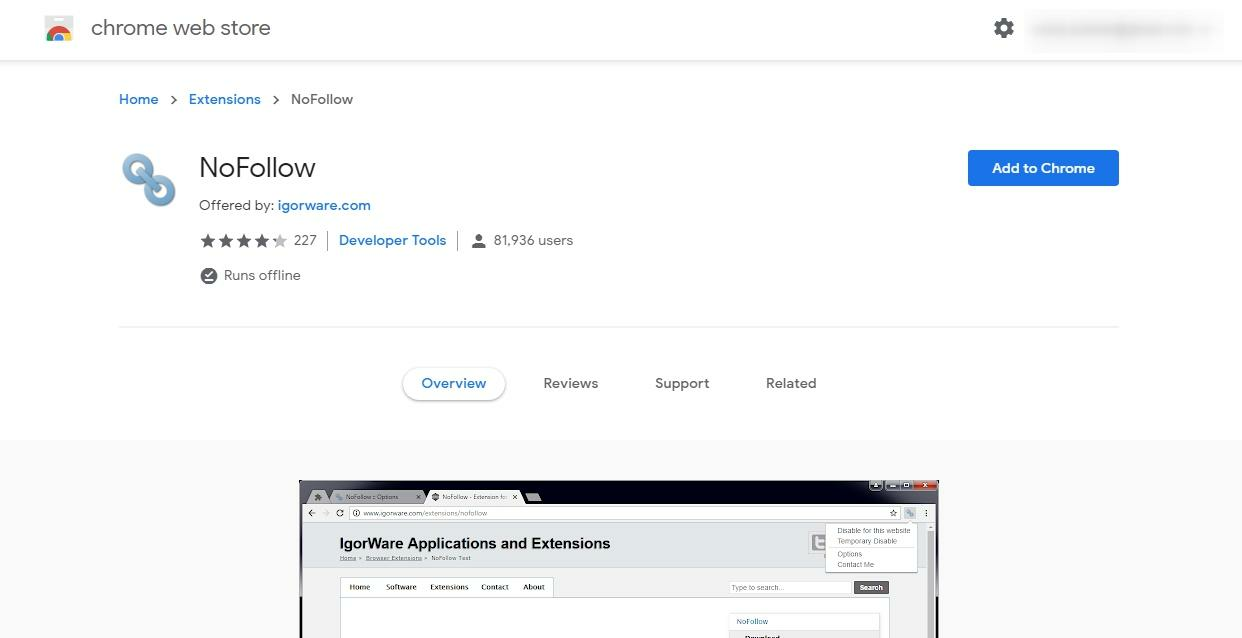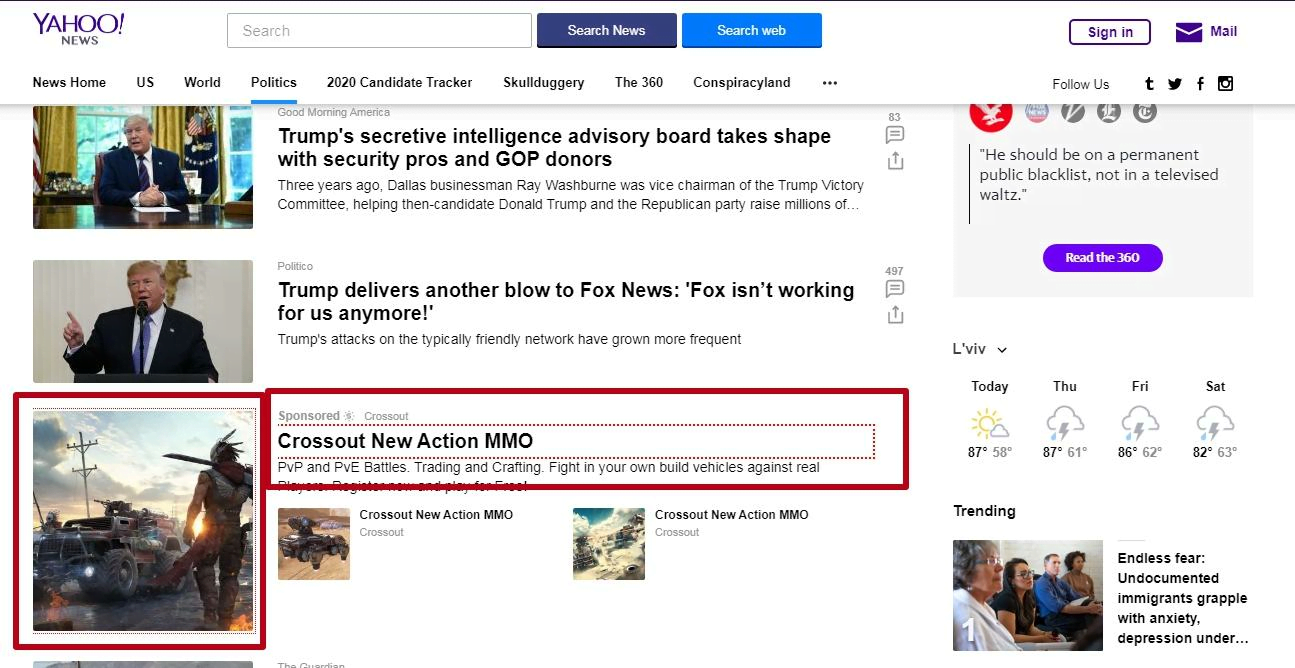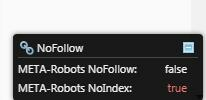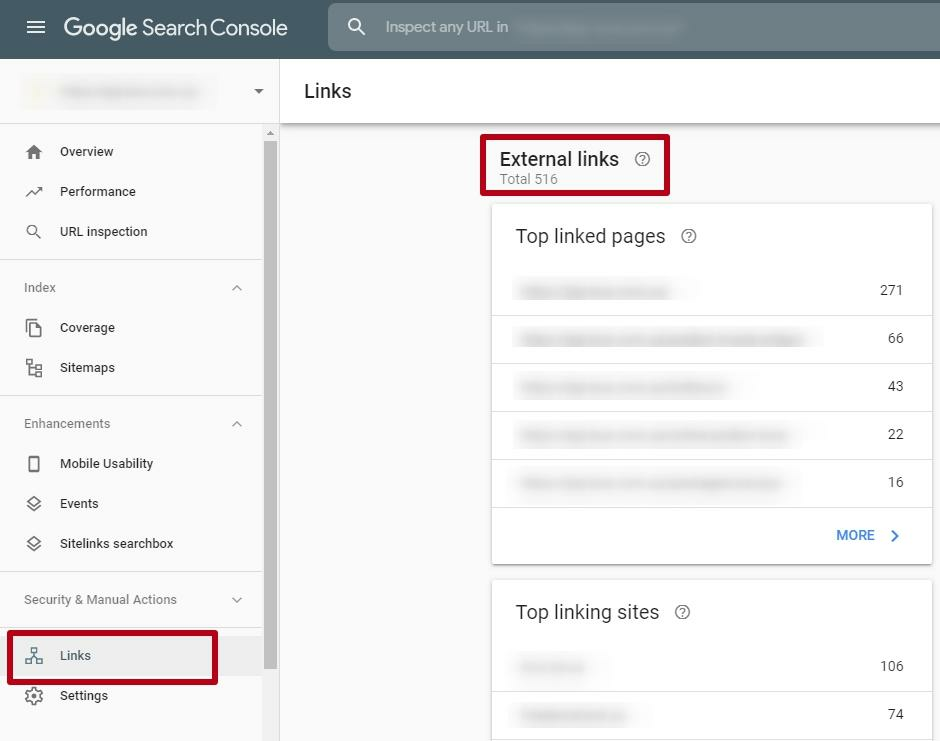How to check external links on a page
When there are too many outgoing links to other websites, it can lead to search engine sanctions, because they treat this as a form of search spam. Currently, search engines have a strict approach to placing paid links. Therefore, if you suspect that the website is being used as a donor in order to promote other resources, it may go under sanctions.
In this case, the website rank position is reduced or even removed from the results. The consequences of using paid links are described in Google's webmaster guidelines .
To avoid such risks, it is necessary to place links with the do-follow attribute only to high-quality resources of the related topic. However, you should remember that in this case the donor page loses the link weight since the robot that detects this link stops scanning the original page and goes to the specified website.
To avoid losing link weight and search engine sanctions for having many outgoing links, it is recommended to add the rel = " nofollow " attribute to the <a> tag, which tells robots that they don't need to follow this link.
You can check the external links on the page for the nofollow attribute using the NoFollow extension in Chrome:

Once the extension is installed, links with the nofollow attribute will be framed in red:

If the closed indexing for links is registered in meta-robots, a corresponding message will be displayed:

Check the number of external links
The maximum allowed number of external links on a page is not specified in the help of search engines. If there are one or two thematic links in the article, there is a low risk of getting sanctions. However, with five or more links that are in no way associated with the main text of the page and located in the footer or special blocks, the chances of a negative reaction from search engines is significantly high.
If your website refers to third-party resources with the same topic and content, there won't be any search engine sanctions. On the contrary, a website can even get a certain degree of trust from search engines. Everything will depend on how well the external links are selected on the page.
External links can be checked using the Megaindex tool. To do this, enter domain name and select "Search":

The service will display the ratio of natural and SEO links, indicate their total number and URLs:

How to close external links from indexing
Once all unnecessary outgoing links on the website are defined, you must close them from indexing. You can do this in the following ways:
- add the nofollow attribute to the link tag. For example, a code with links to various shipping options would have the following appearance:
<p><a href="https://novaposhta.ua/delivery" target="_blank" rel=”nofollow”>Nova Poshta</a>.</p>
<p><a href="https://www.intime.ua/calc" target="_blank" rel=”nofollow”>Intime</a></p>
- disable the robots meta tag from clicking on all the links on the page. To do this, use the following syntax:
<meta name="robots" content="nofollow" />
This code is placed in the <head> header of the desired page. However, this is not recommended: instead, it's better to manually close each link separately;
- redirect link to the intermediate page. At the same time, disable indexing of this page in the robots.txt file. In this example, after clicking on the external link, you will see a page with a message that the user is switching to another resource.
But this method is poised. Search engines can interpret it as search spam or suspect another less-than-honest scheme.
How to check external links to a website
Besides paying special attention to outgoing hyperlinks, it is necessary to carry out regular analysis of external links to your website. These links have a significant impact on the SEO-promotion of the website, but in some cases can also lead to search engine sanctions.
To avoid search sanctions, the following rules must be observed:
- build a reference weight gradually;
- receive links from trusted resources of a similar subject that are not actively selling links;
- use different non-spam anchor texts;
- add both do-follow and nofollow links;
- to ensure that there are more non-anchor links, the approximate proportion is 40/60%. However, there are no specific and strict requirements. Everything needs to be balanced. Rely on logic and common sense;
- strive to get most of the links in a natural way.
How to find external links in analytics systems
You can find external links to the website using search engine analytics systems. You can find it in the Search Console by going to the Links section:

Conclusion
- To avoid search engines sanctions, you need to analyze outgoing and incoming links to the website.
- The website pages should not have many indexed links to other resources.
- To prevent search robots from clicking on a link to another website, you can add the rel = "nofollow" attribute to a specific <a> tag or close them for the entire page in the <meta-robots> meta tag.
- External links have a positive effect on website promotion if they are added to trusted resources according to certain rules that reduce the risks of search engine sanctions.
- You can check outgoing and incoming links, see their number, attributes and anchor texts using search engine analytics services and special tools.
